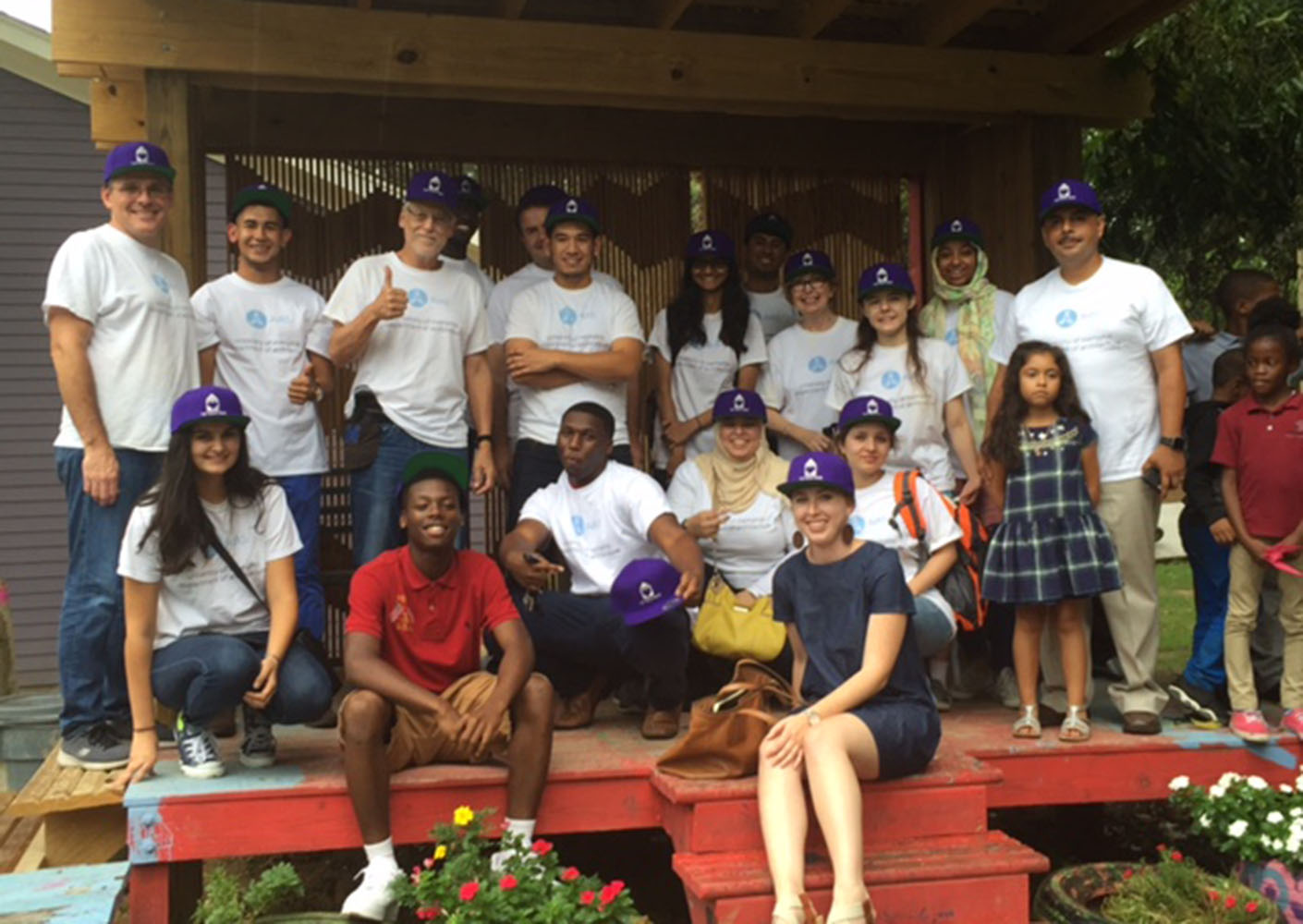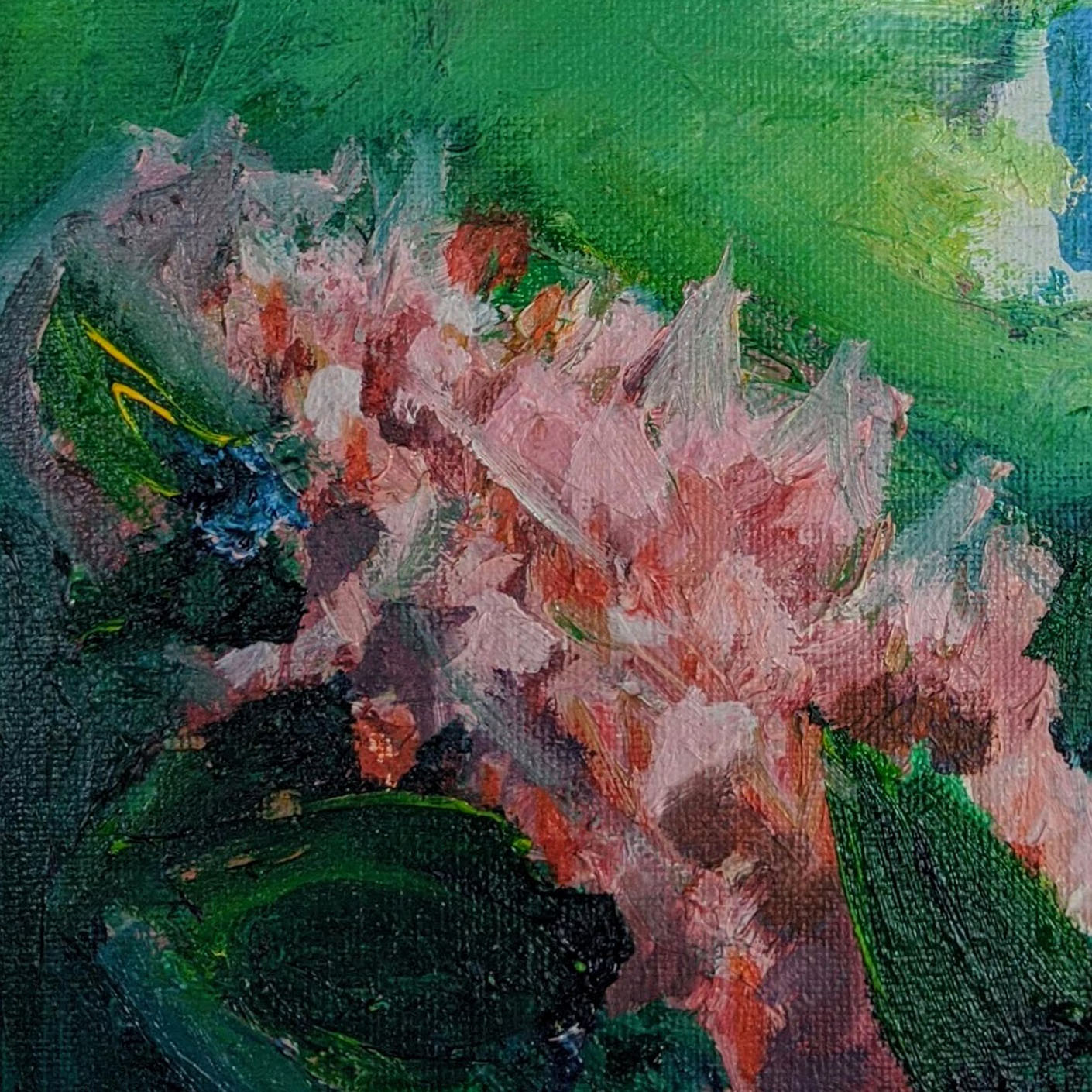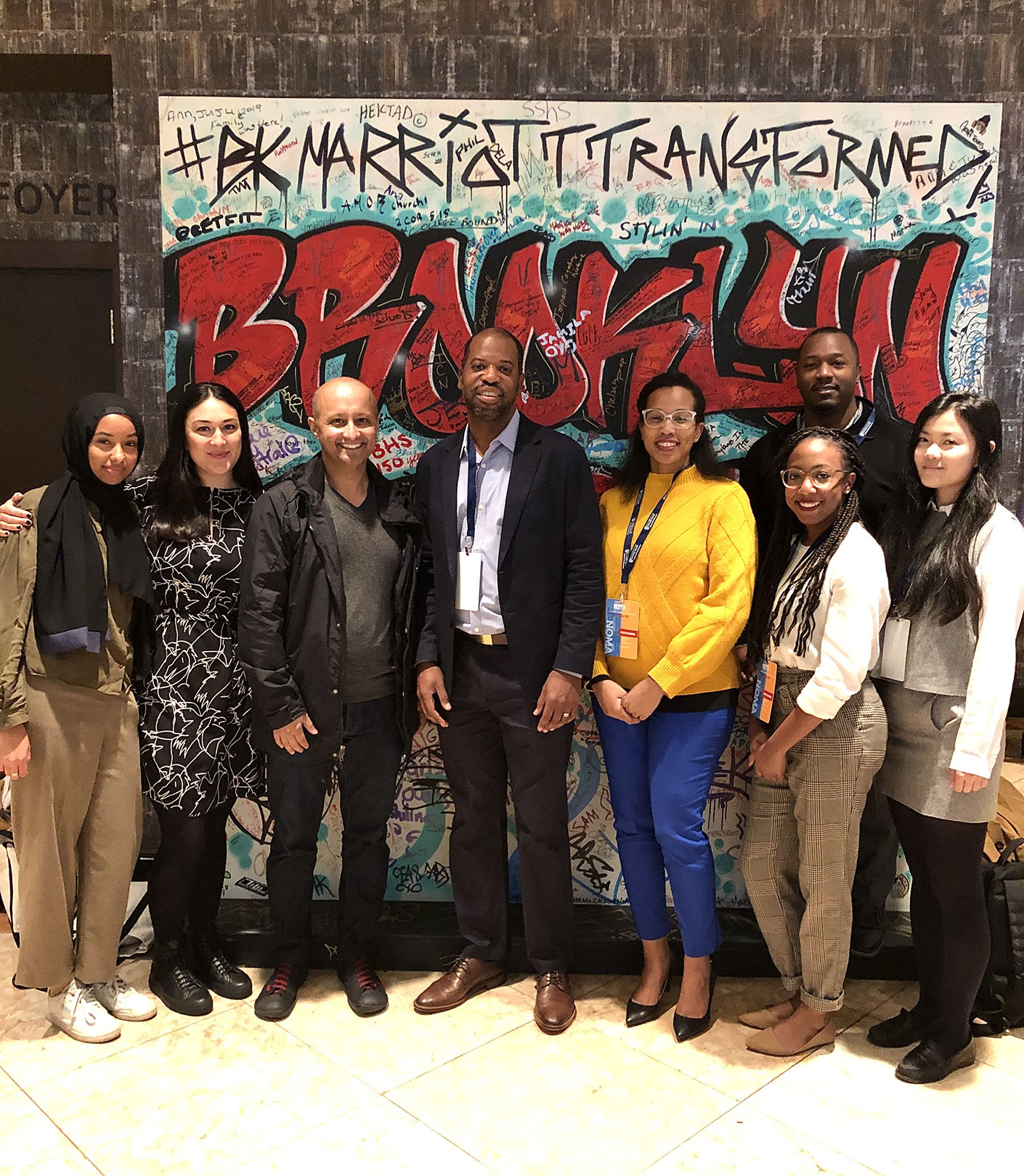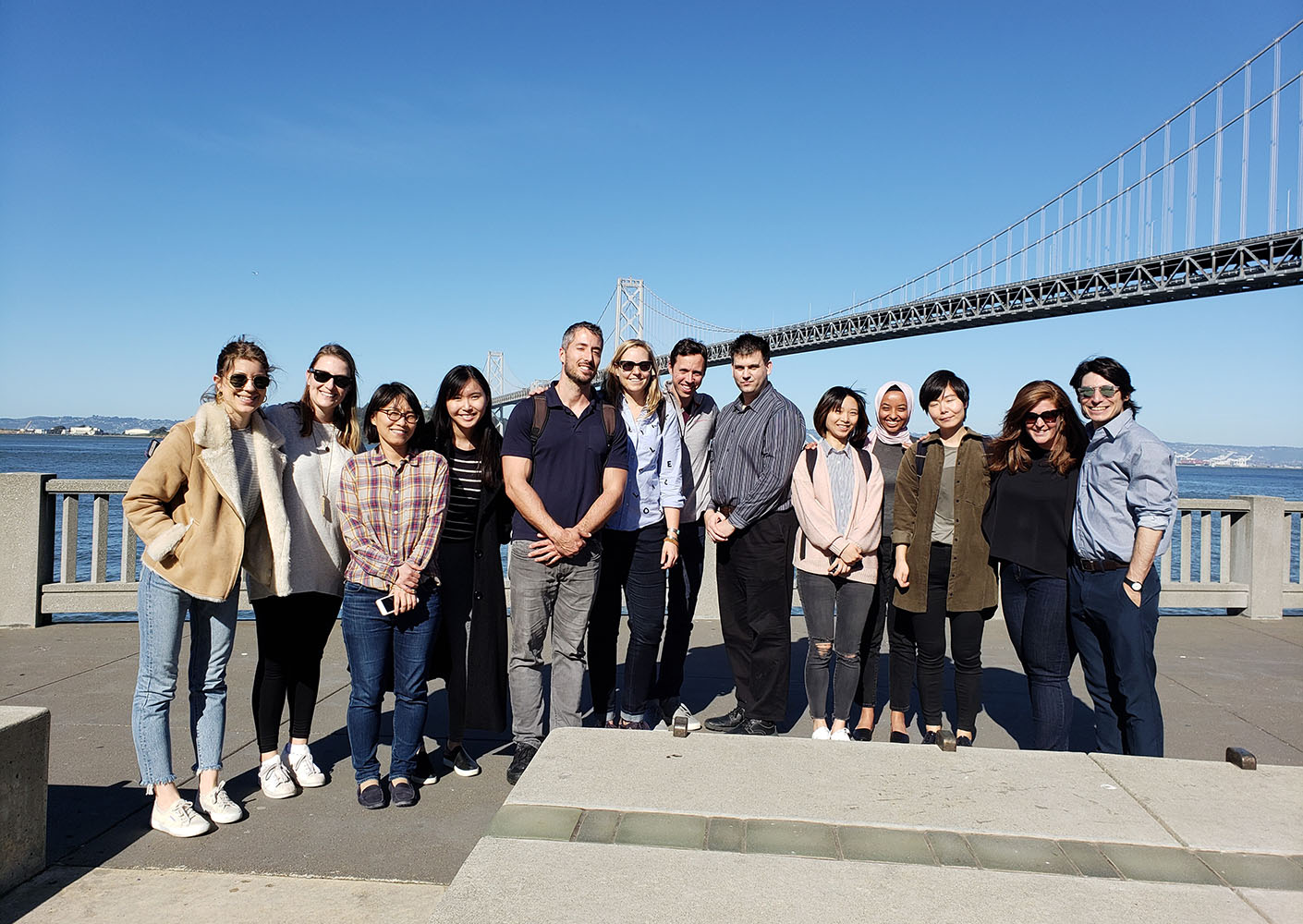Conversations with Colleagues: Darine Yusuf



A: What I feel makes design so influential, is its opportunity to have an impact at so many scales. Design has an effect on cities, on communities, and on people. In turn, when I think of what design is, I think about the importance of intention. The intention in understanding who will be experiencing the designed environment.
Design is really such a broad form of life’s expression. Something I recently realized is that we can create buildings and cities just like animals can create elaborate structures, and we look at them in amazement. Design is not only fundamental to humans but is a fundamental part of life. An important aspect that we as humans need to remember is that when design is done with the intention of care and collaboration, the influence and impact transcends the initial program.

A: I was drawn to the field of architecture for a number of reasons. I saw architecture being a form of art, and I saw it as a field that can relate to my own self-growth. In high school, I enjoyed the process of creating through sketching and painting. Regarding how I saw it working into my own self growth, I liked that as an architect, you get to learn a little about everything. I wanted to go into a field that had a practical use for my own knowledge outside of the field itself.
What keeps me here is something I have learned during my college education, and that is the impact design has on people and their communities. I had the opportunity to attend community meetings and loved the aspect of how the field can have conversations with people of all walks of life. There was a summer, in particular, where I was part of a design-build studio. Our class collaborated with a local organization that teaches art to kids in the neighborhood. It was a valuable experience talking with the kids and the people of the neighborhood, and it became more than just creating designs, but creating relationships as well.

A: Diversity, inclusion, and engagement, I believe, can serve as a reminder for the human aspect of design. The field of design is so vast and has an effect on different people of different backgrounds, therefore, it is important that the design community serves as a reflection of our own communities. I often look to nature for inspiration, and I feel it can serve as an example for diversity, inclusion, and engagement. Life expresses itself through design. The intricacy of a plant’s leaf or the ecosystems created to sustain different lifeforms, these are all examples of diversity, inclusion and engagement. This relates to the importance of not allowing ourselves as designers to stay in our bubble, because without properly engaging with the context of what we design, the outcome can be disconnected and impact communities in ways we did not intend. Organizations like NOMA help in bringing this message to fruition, stressing conversations on more equitable and socially responsible design.

A: Working at Perkins&Will, I can meet such a wide array of professionals with different backgrounds. I have been able to learn so much from everyone I work with. One of the things that has stuck out to me is how passionate people at the firm are. It makes me want to push myself to learn more and to take the craft seriously. There is always an opportunity to learn something new outside our day-to-day projects through events and conversations, which is valuable to have in a work environment.